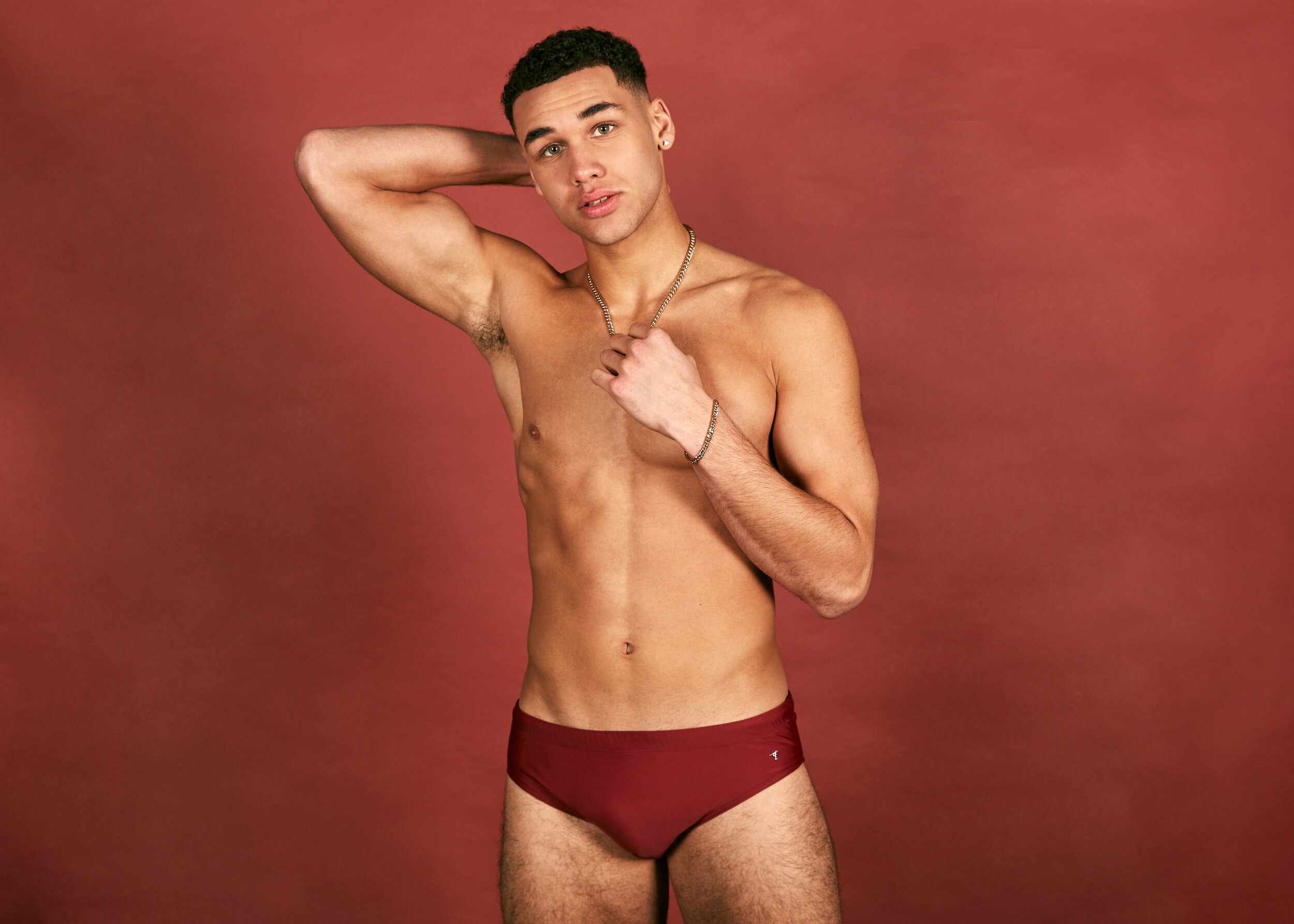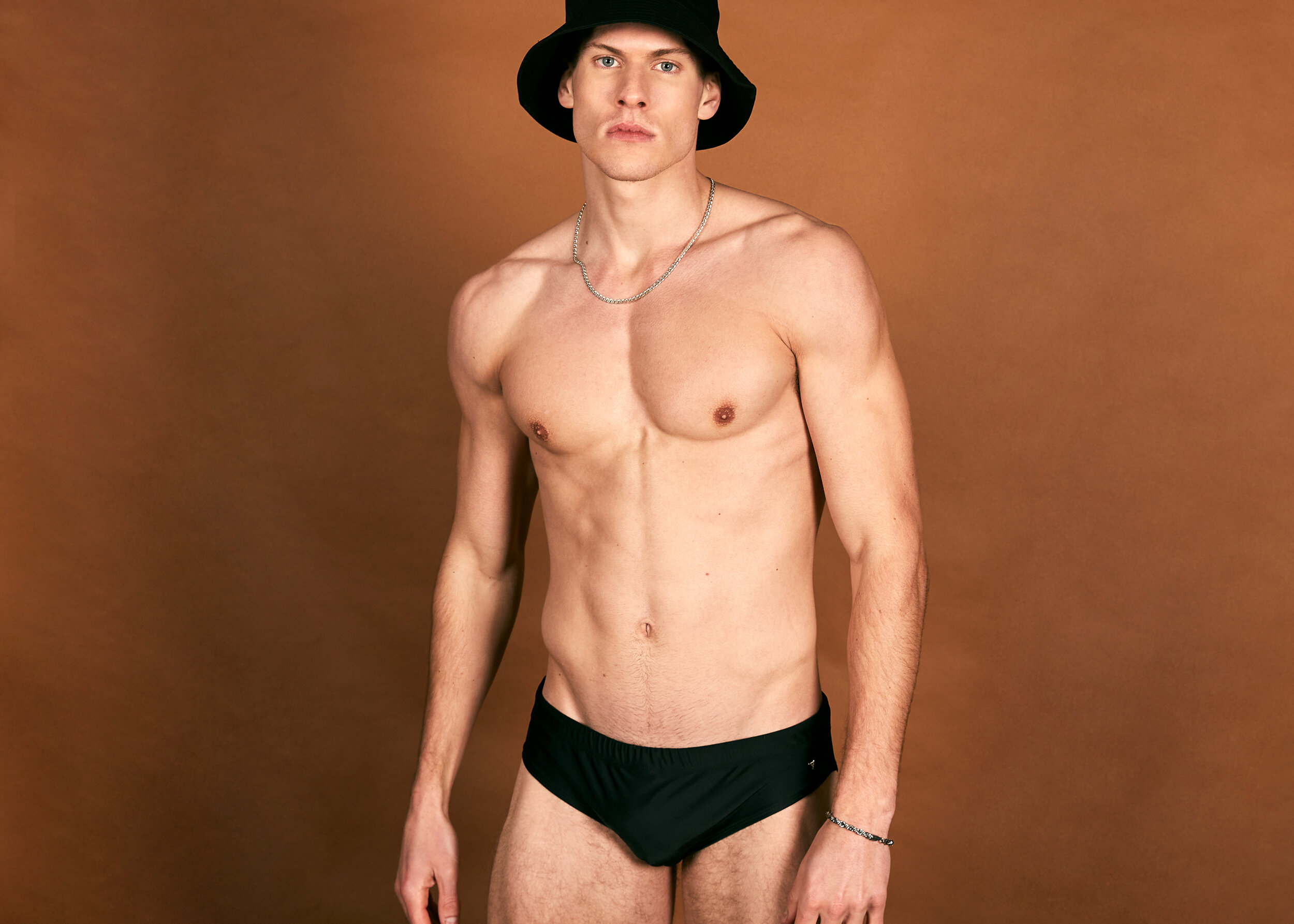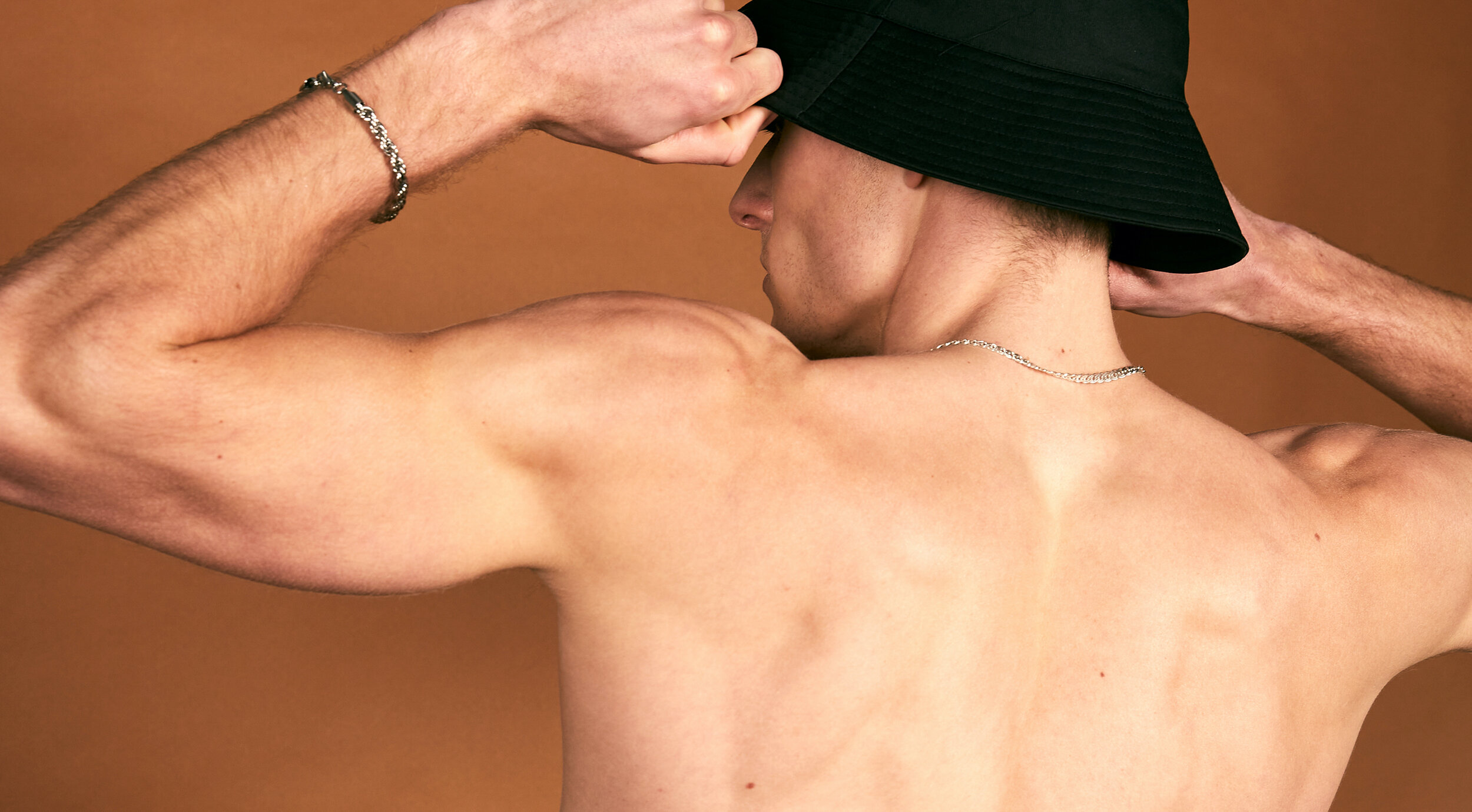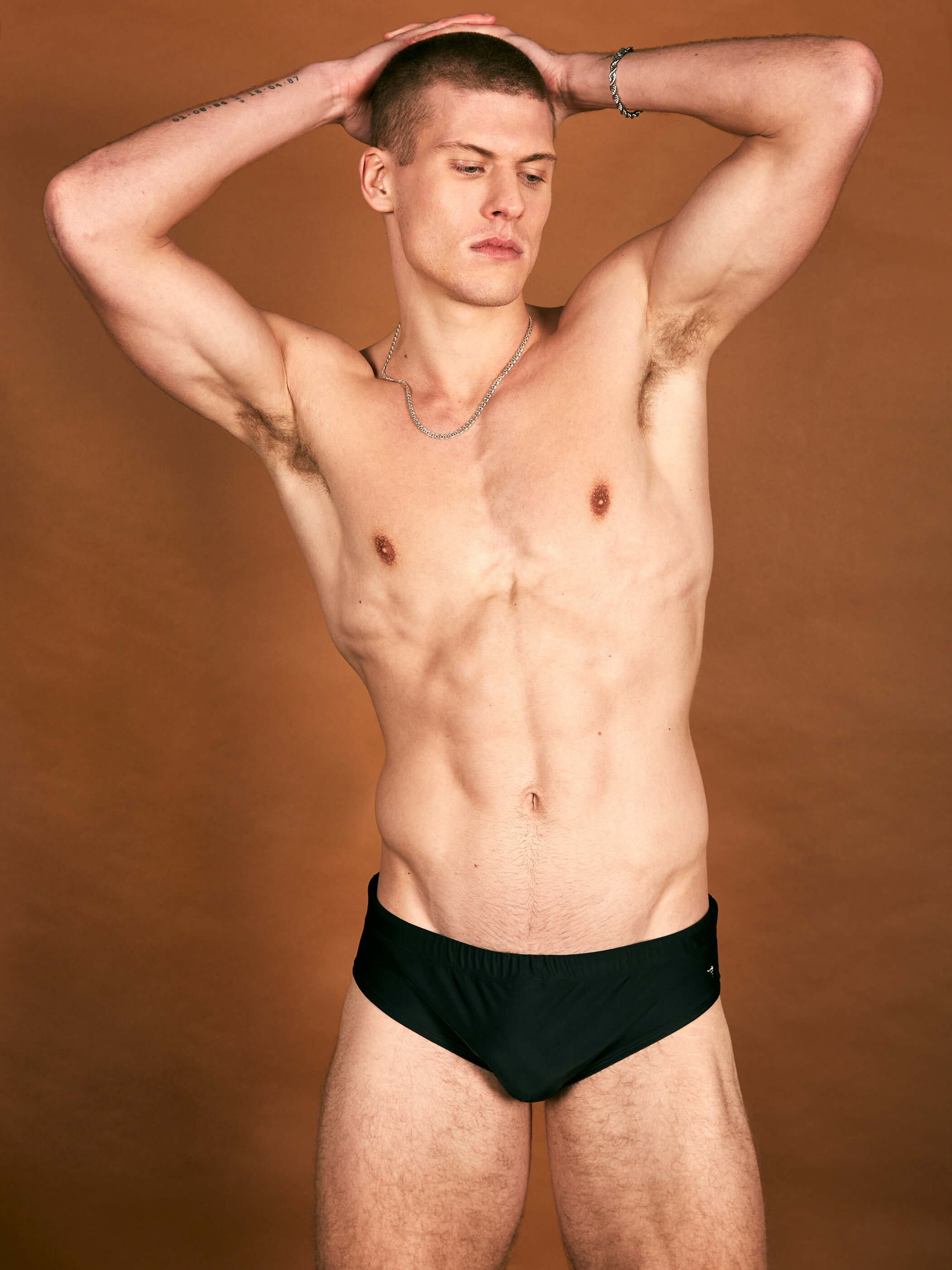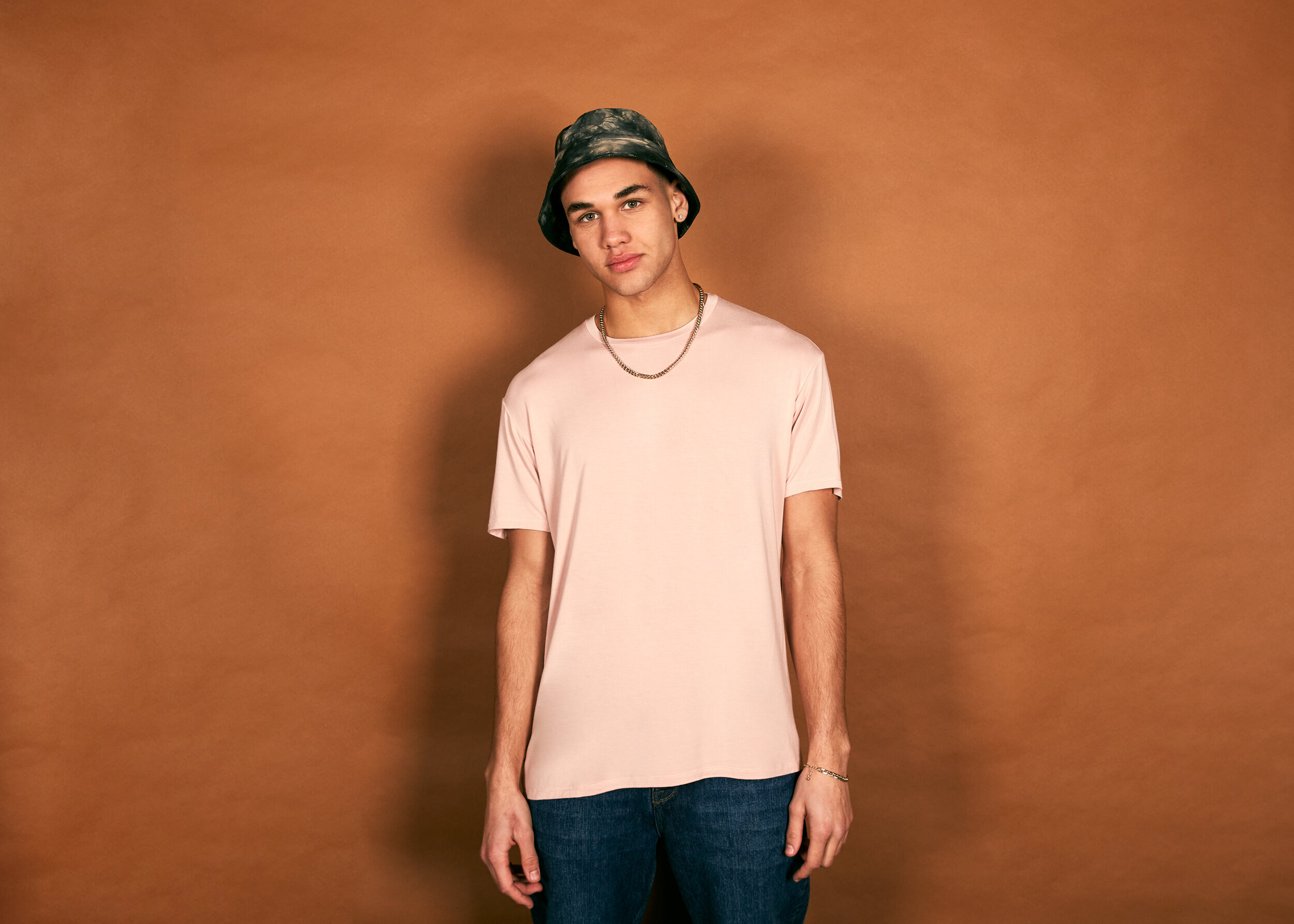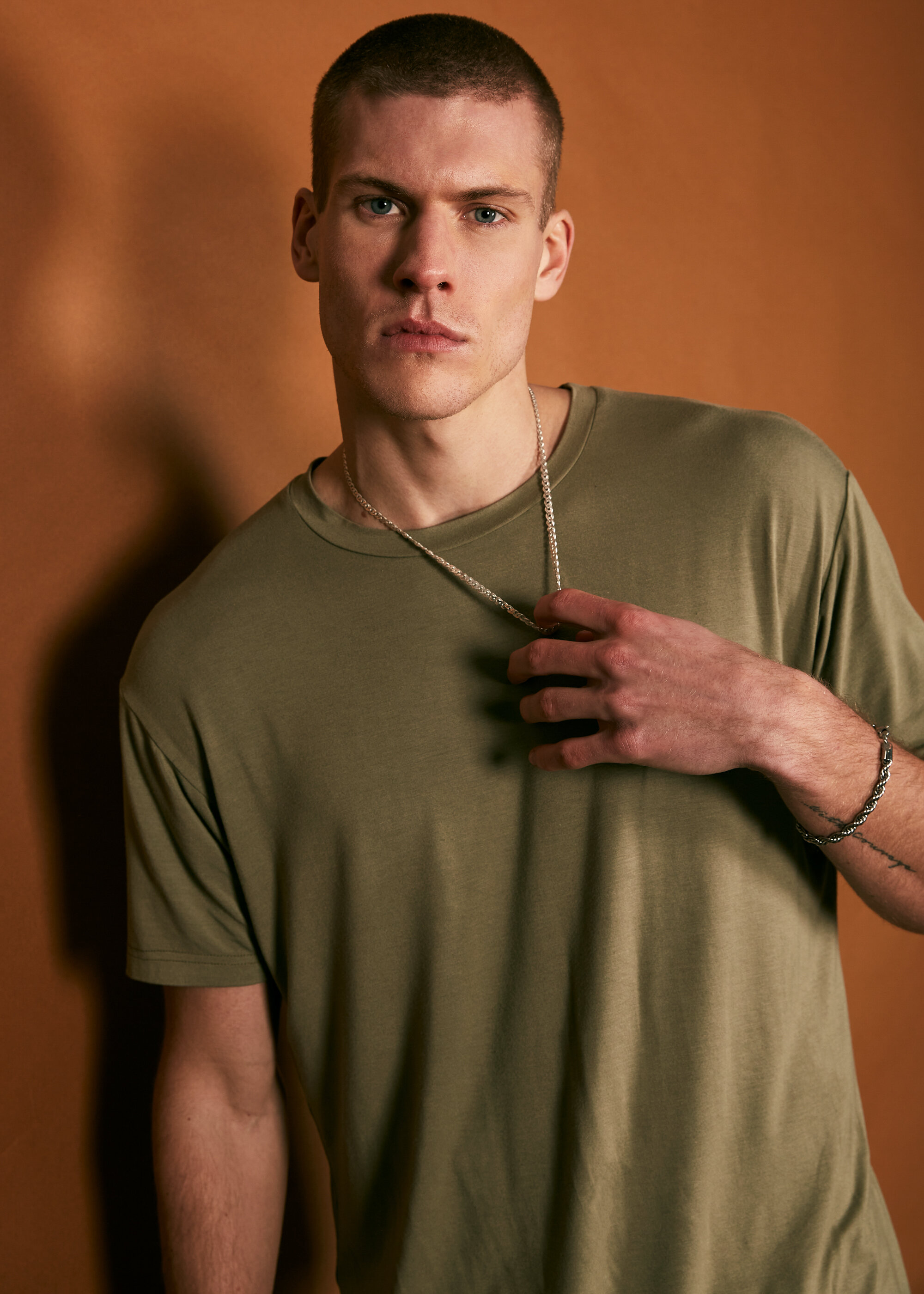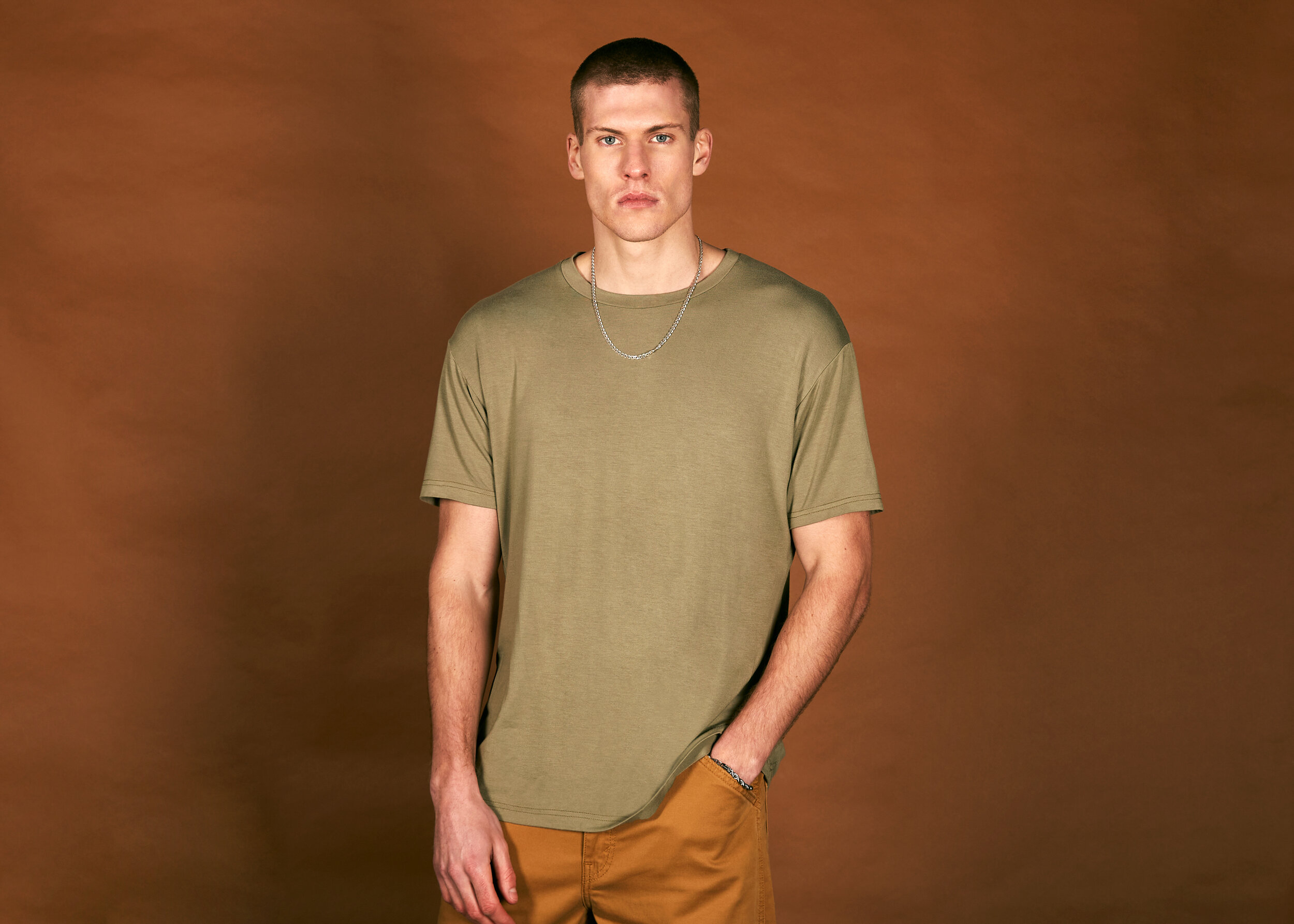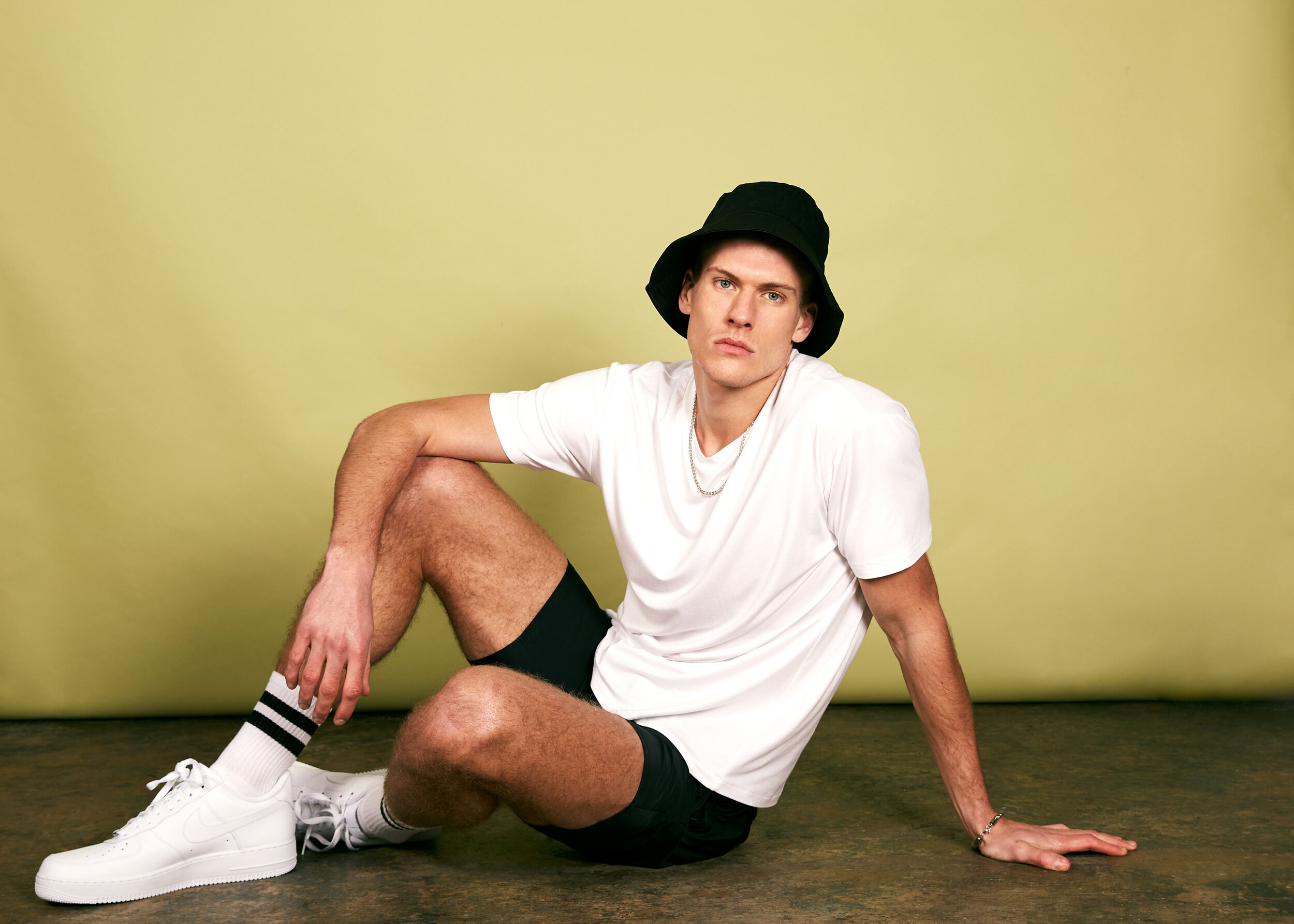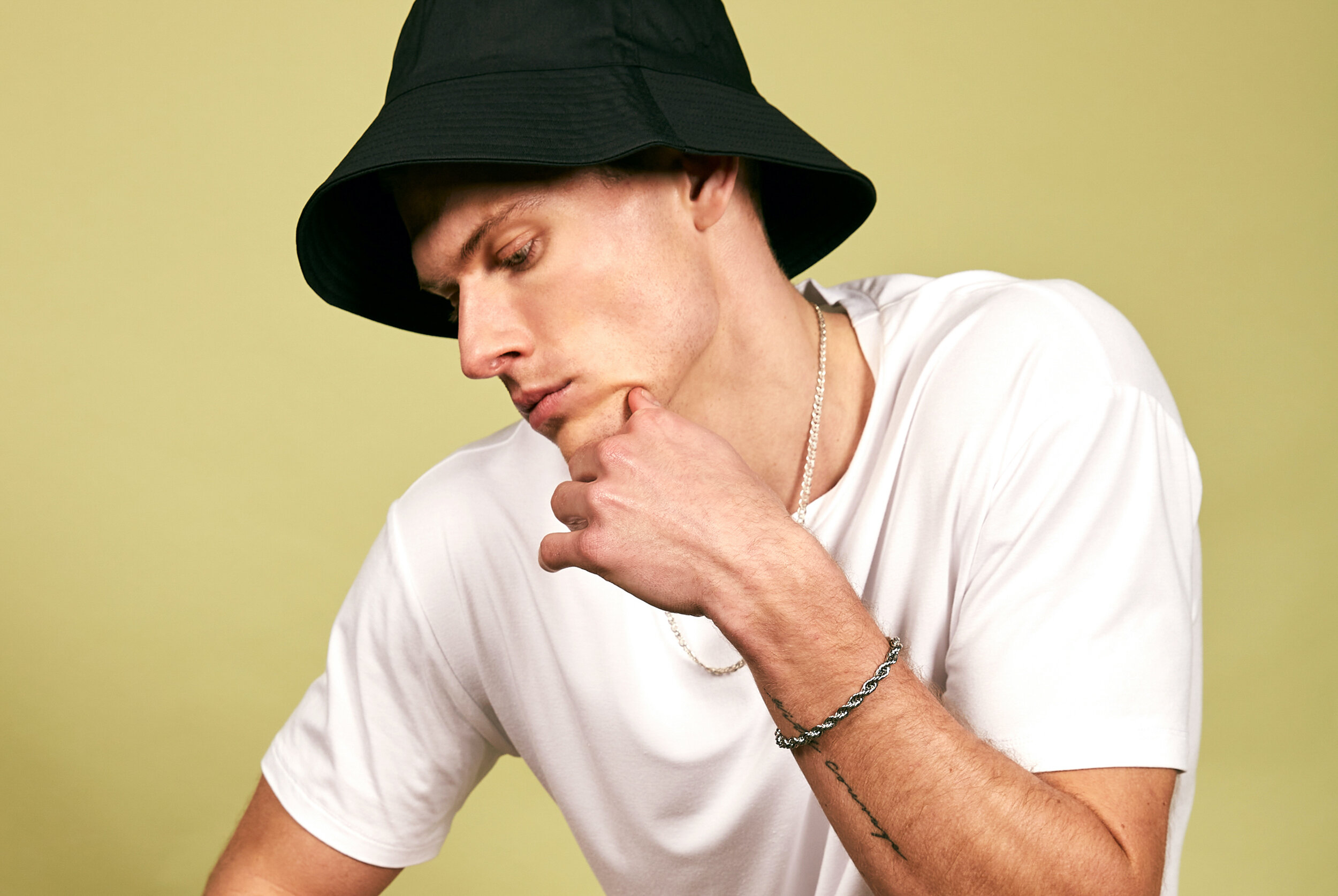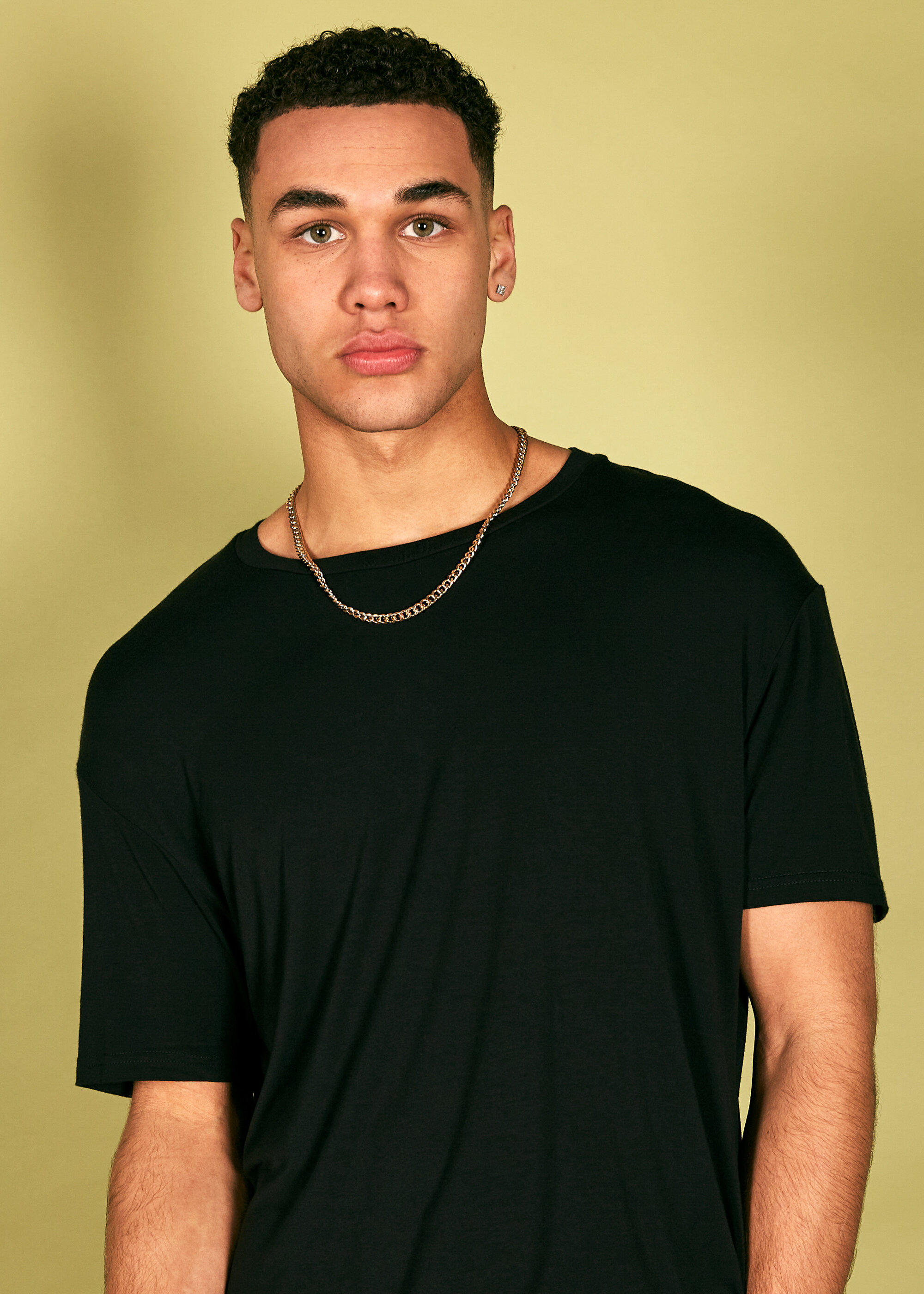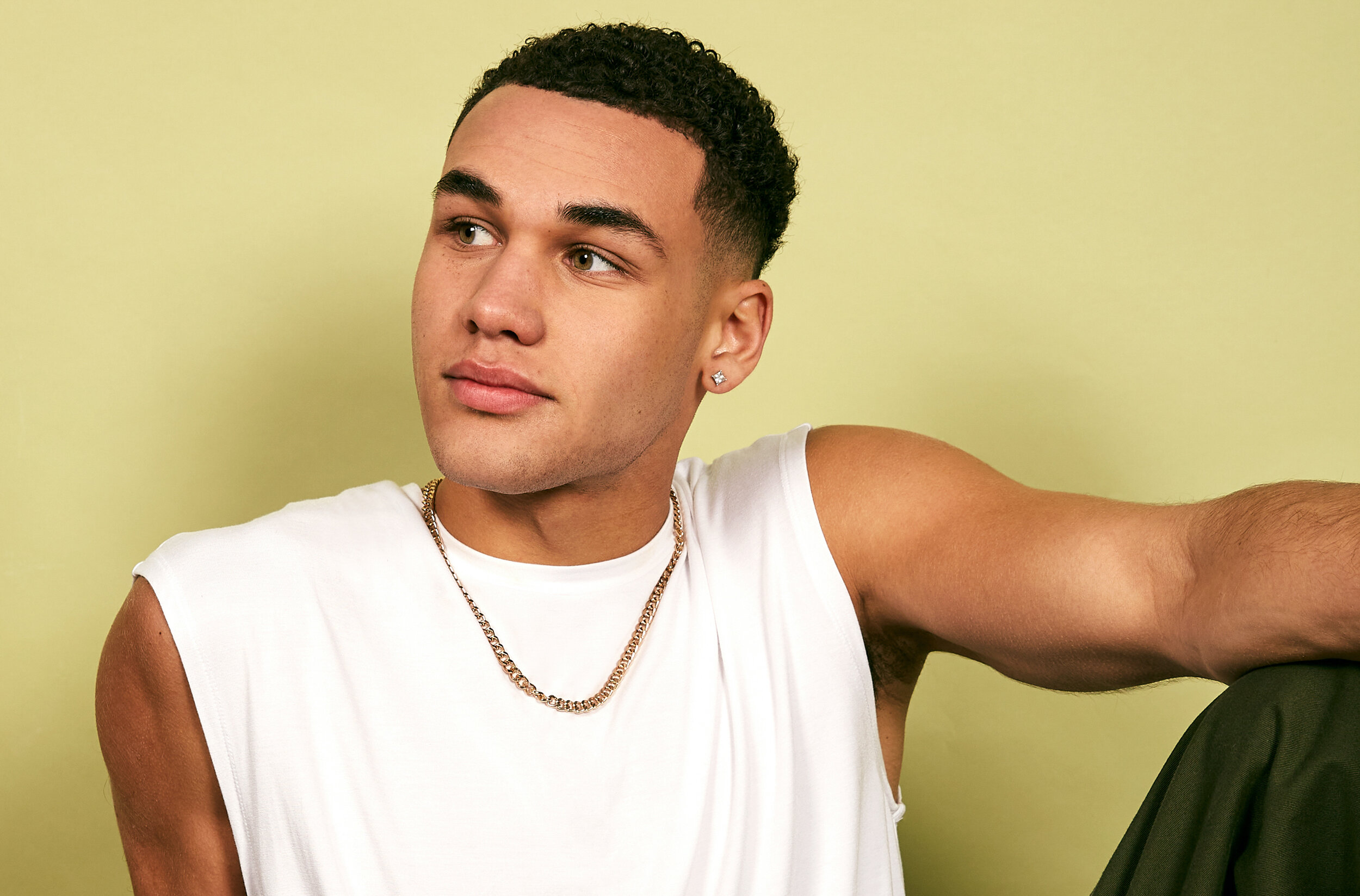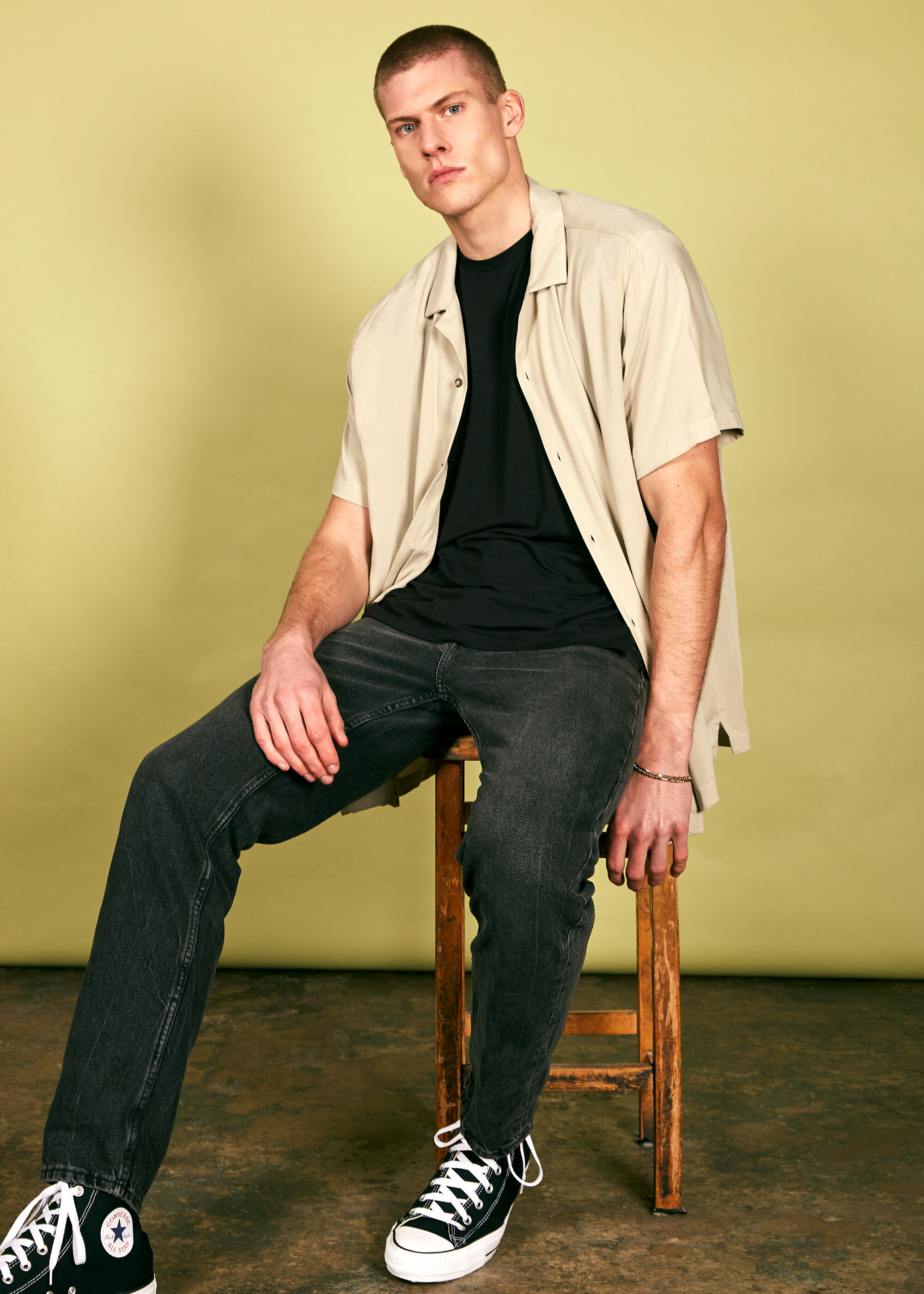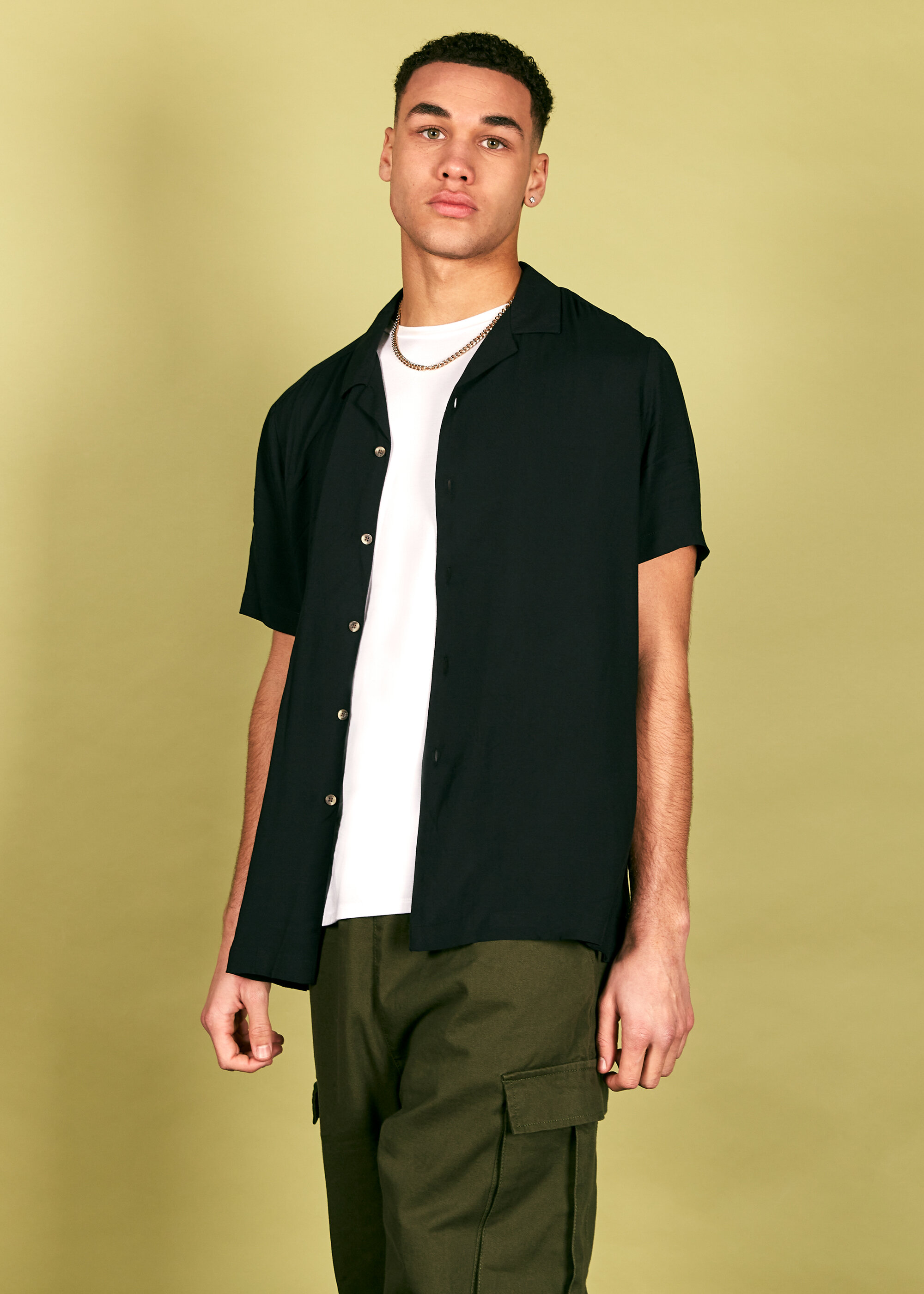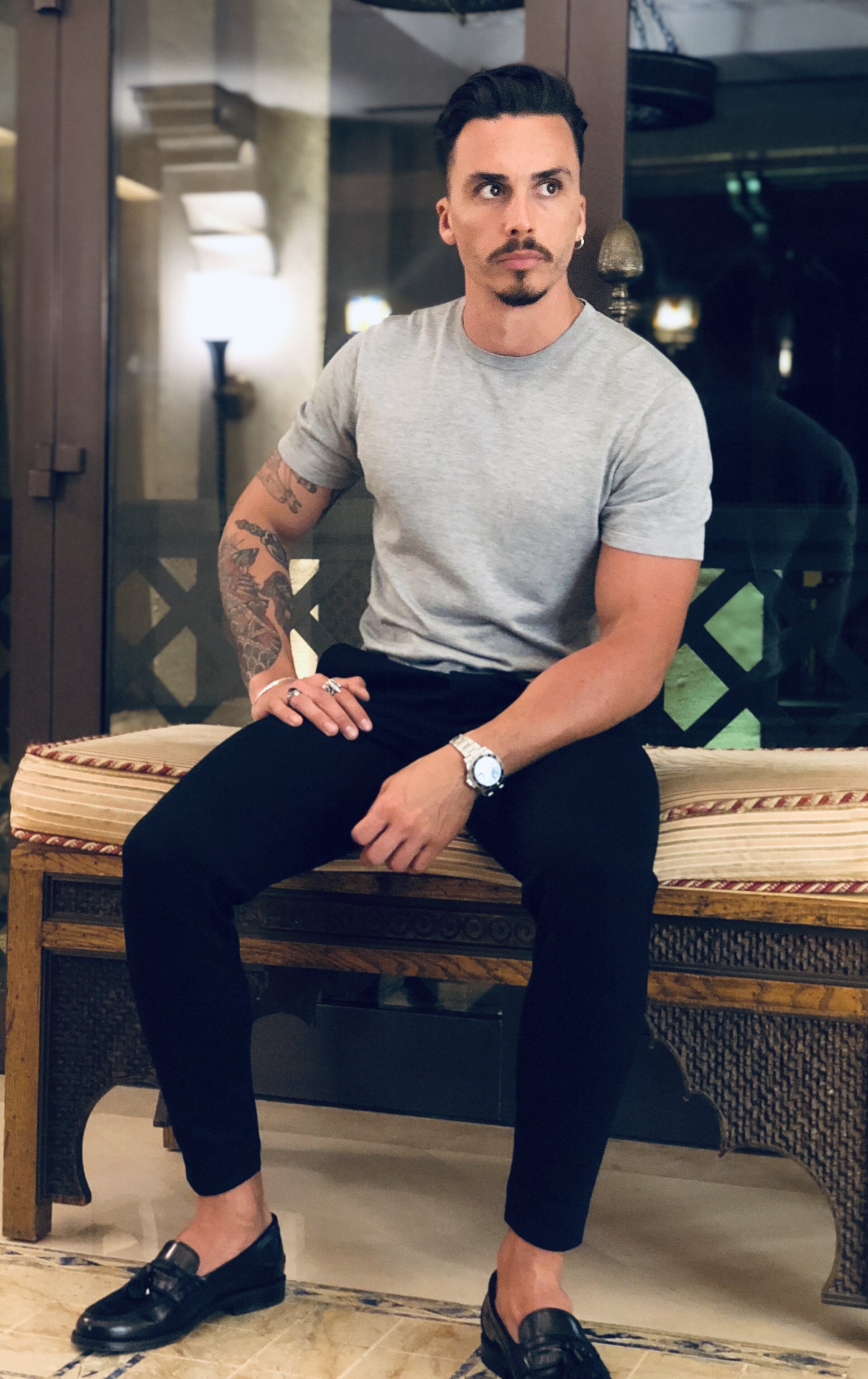Sustainable clothing designer Miguel Munoz talks to Rival about the Menswear label KROMO that's changing the face of fashion production
London-based Kromo Menswear is the recently launched sustainable fashion label founded by Miguel Munoz. Kromo's pursuit is to eliminate global warming, tend to the environment conservation by lessening the fashion industry's carbon footprint, and clean up our highly plastic-filled, polluted oceans.
London-based Kromo Menswear is the recently launched sustainable fashion label founded by Miquel Munoz. Kromo's pursuit is to eliminate global warming, tend to the environment's conservation by lessening the fashion industry's carbon footprint, and clean up our highly plastic-filled, polluted oceans.
The fashion industry contributes to 8.1% of the world's greenhouse gas emissions and Munoz's mission is to diminish that percentage and lead by example in producing eco-friendly garments.
The word "Kromo" is composed of the word "Chromos," which means color in Greek, "Chrono," which refers to time. Munoz added, "I decided to take these two words as inspiration because I find their sound is very strong and grounded; I associate these words with earth, soil, and nature. The reference to time is also important to me because I want to create products that are long-lasting and durable."
Munoz's interest in sustainable clothing derived during a trip to Thailand where he witnessed an obnoxious amount of waste and plastic polluting the sea and then noticing the same destruction at other beaches scattered throughout the world. The amount of clothing that ends up in landfills or is incinerated every year is completely baffling.
Munoz's shares the fabrics and materials that his clothes are composed of:
"Our collection includes products made of 2 types of sustainable fabrics, one made of 96% bamboo, and the other one made of 78% ECONYLⓇ, a branded fiber we are mostly proud of using as it is regenerated nylon made from lost and abandoned fishing nets extracted from the ocean and other pre and post-consumer waste like carpet fluff.
TENCELⓇis a branded Lyocell fiber produced using sustainably sourced wood, in our case bamboo, which is the fastest-growing grass-like tree that requires very little water and space to grow. The process to create these fibers requires dissolving the raw material's pulp and then reconstituting it by dry jet-wet spinning. In comparison, with other fibers, Lyocell production does not use harmful carbon disulfide, which is highly toxic to humans and the environment. Also, the water and chemicals used during this process are reused in future manufacturing making it a fully circular system.
ECONYLⓇ is a regenerated nylon fiber made from waste that would otherwise pollute the Earth such as fishnets, carpet fluff, industrial plastic, and fabric scraps. This regenerated material was developed by the global leading manufacturer, Aquafil which started recycling nylon in the 90s and implemented the production of ECONYL within a closed-cycle process in 2011. So how is it made? Firstly, waste is taken to the Aquafil collection and recycling facilities, then the nylon polymer is broken down into monomers by a process that requires only temperature and steam without the use of harmful chemicals and finally, the nylon is re-polymerized to create the final ECONYLⓇ regenerated product.
Aquafil claims that the production of ECONYLⓇ reduces the environmental impact of nylon by 90% if compared with the material from crude oil. For every 10,000 tons of ECONYLⓇ raw material, 70k barrels of crude oil are saved and more than 65k tons of CO2 emissions are avoided."
Another plus is, the packaging is also sustainable.
“Yes, at the moment we are using plant-based biodegradable mailer bags to get our products to our customers,” he says, “These are made from a combination of PBAT, a bio-based polymer that is compostable, and PLA which is made up of plant materials like cornstarch, allowing them to break down in only 180 days in domestic compost. The bags are certified by TUV Austria, meeting American, European, and International standards. Also, we don’t use plastic to wrap our products, just paper, and recycled paper branded stickers with water-based ink.
We are keeping an eye on new packaging alternatives; currently, there is a company developing packaging made of seaweed, which would easily disintegrate if it’d end up in the ocean, but currently, it has only been proven useful for food wrapping…. Hopefully, they can make more resistant versions for the e-commerce industry.”
Some other questions with Munoz:
Can you explain what makes clothes sustainable?
“The processes in which the fabrics are made - reduction of water use and energy, avoiding harmful chemicals.
The raw materials used to make those fabrics - avoiding or reducing the use of synthetic materials, oil-derived materials, plastics.
The way the garments are manufactured, who and where the clothes are made - Are the clothes made locally? Are machinists paid a competitive wage? Do they work in a safe environment? Are they treated fairly and not discriminated against? Do they have health insurance, access to a pension, etc?
How the final product is transported - producing clothes locally massively reduces the carbon footprint of a brand.
Wastage - how much fabric is wasted, are the scraps used for inner linings, etc?”
How do you want men to feel when wearing your clothes?
“I want them to feel comfortable and confident, but also empowered knowing that they made a positive change. I want them to feel inspired to start or continue their sustainable journey.”
Will you ever expand to women?
“A few people have asked me about womenswear and also children and babies clothing; I am not ruling that out as there is a lot of opportunity within these markets and more that can be done when it comes to sustainability.”
How did you begin working with Surfers Against Sewage?
“I was researching for charity organizations that would support the fight against ocean pollution. They recently launched their most ambitious community campaign called, The Million Mile Clean, which connects their beach cleaning action throughout the year and targets 100,000 volunteers walking 10 miles whilst cleaning the places they love. Their program is very extensive and through their website, you can sign up for any of their cleans, including beaches, parks, and rivers across the country. We joined them on the Hackney Marshes clean-up they organized on Saturday 15th May. It was really fun and very rewarding, but also very sad seeing all the waste we found, especially the microplastic, mostly parts of carrier bags that many animals, especially birds, would confuse for food.”
How important is it for the youth to incorporate sustainable fashion into their lifestyles?
“Very important, they are the future and they are the ones that can make the biggest impact by changing the conversation about industry and mass consumption. Nowadays we have powerful tools like social media that we did not have 20 years ago and kids nowadays are very savvy using these tools, so why not use them to raise awareness of this issue and demand corporations to make changes? Remember, we decide what is worth buying and what is not, the consumer has a lot of power, more than we think we have.”
Can you tell us a little about the advocacy opportunities and clean-ups in the works?
“Sure, we can all do clean-ups at any time, we just need to get a few friends together, get some gloves and some bags and head to the nearest park or beach and pick up as much rubbish as we can; but if you want to get involved in a movement, I would recommend joining one of the Surfers Against Sewage cleans.”
Are there any brands you would like to collaborate with in the future?
“Yes, there is a sustainable swimwear brand for women that I like called Stay Wild, they promote different body shapes and their pieces are also made in London using sustainable fabrics, really cool brand!”
What was your biggest fear in launching this collection?
“That the brand would not be well received and that people would not be interested in the sustainable aspect of it. Thankfully that hasn’t been the case and we have had really good feedback so far about our aesthetics, ethos, and quality of our products.”
Where are your favorite beaches?
“The most beautiful beaches I’ve been to are in Zanzibar and Mauritius and I will forever be in love with these two islands, their biodiversity, their people, and the food... True paradise!
What advice would you give to young designers just starting and hoping to make it in the industry?
“Put your ideas on paper, trust yourself, and don’t be afraid. Ask for help, you will be surprised how many people will be willing to support you even if it is in the smallest way.
It will not be easy, but it is 100% possible.”
Meet the Author
Brianna Vacca is a Philadelphia-based writer. She has an unhealthy addiction to true crime documentaries, celebrity gossip, and writes overly dramatic sad songs.



